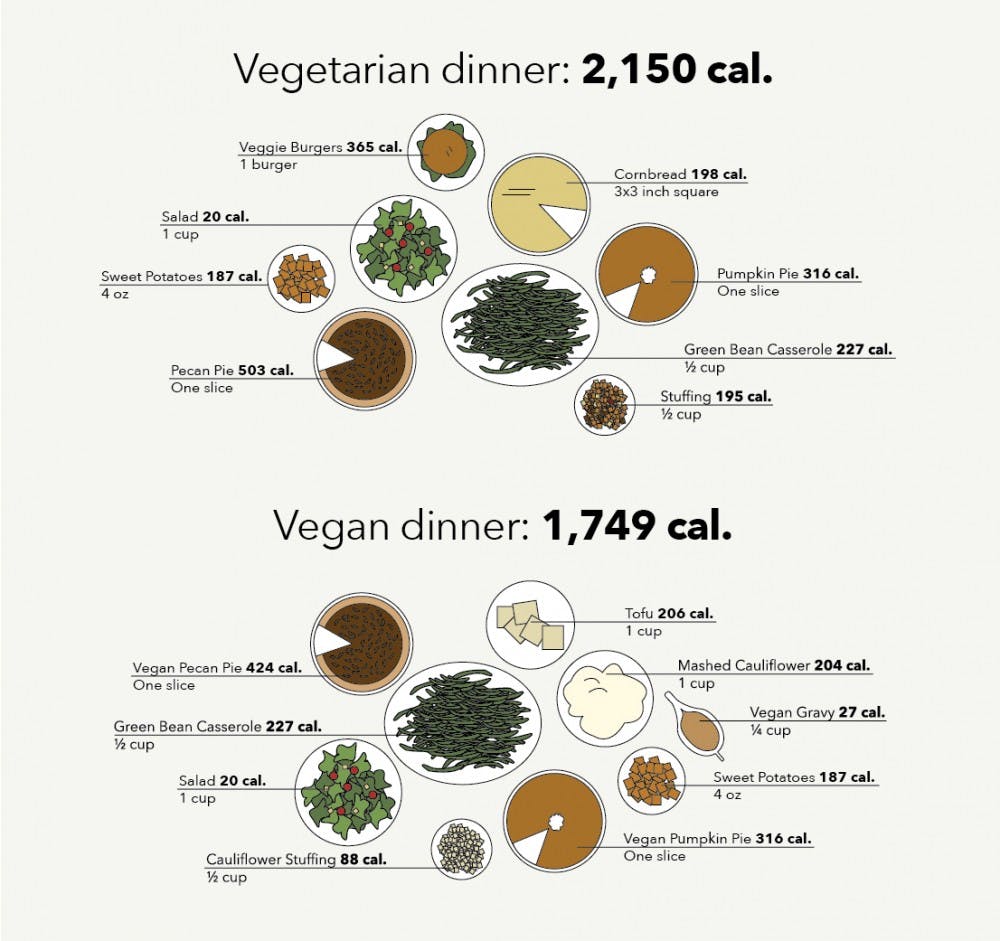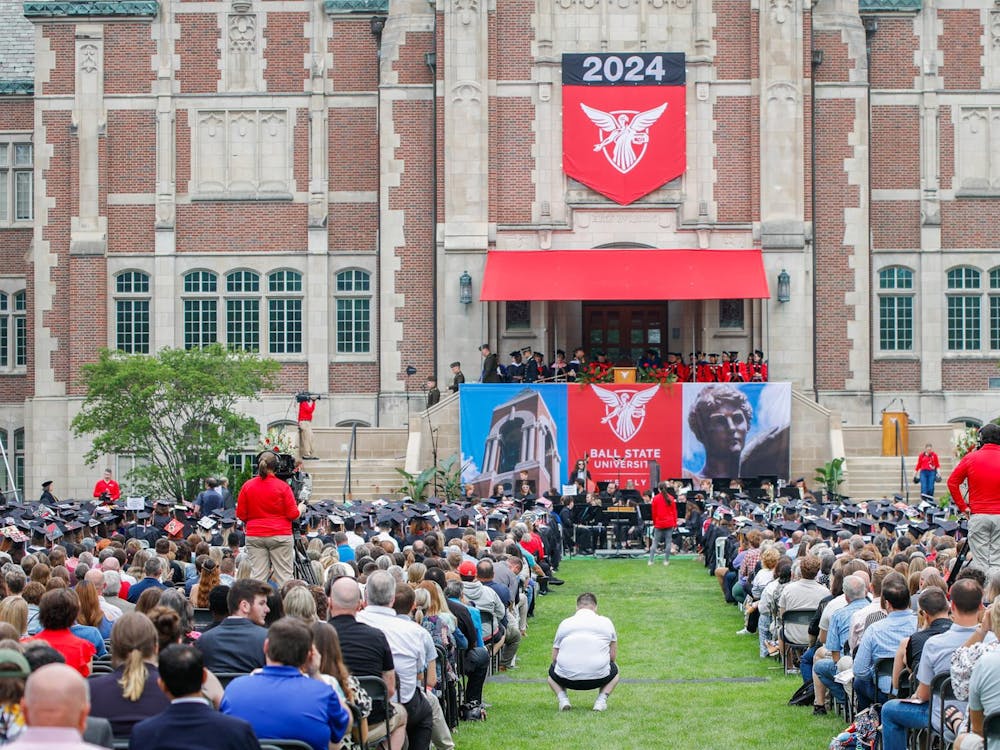Each person has their own unique personal backgrounds, personalities and lifestyles, which can lead to a variety of traditions and dishes, especially during the holiday season.
Carol Friesen, a professor of nutrition and dietetics, said most Americans consume more than 4,500 calories, which is double the amount both women and men need daily.

“Thanksgiving is a time when many people pull out the high-fat, high-sugar versions of family recipes,” Friesen said. “Whip cream, butter, marshmallows, gravy, heavy cream and a huge selection of desserts, all downed with specialty drinks liked spiced cider, wine, eggnog and sparkling juices.”
Families are often able to “pile of the extras” with their dishes because it is common for many dishes to be homemade, Friesen said.
“From my perspective, the holidays are one time when more people make dishes from scratch,” Friesen said. “I know many people are ‘buying’ entire dinners from Kroger or Meijer or Bob Evans, but I could never imagine doing that. Holidays are special in my family — a time for traditions.”
For 4-year vegetarian Victoria Logan, a freshman telecommunications major, dishes vary for her Thanksgiving celebrations, but she still eats around the same amount of calories.
“My grandma on my dad’s side usually makes pecan patties, a lot of vegetables [and] corn pudding,” Logan said.
Vegan Makayla Bedwell, a freshman criminal justice and psychology major, said she “eats as if it were a normal day.”
“I don’t eat the same food as my family,” Bedwell said. “They do have things like salad that I can eat ... I’m still figuring out the right way to go about a vegan Thanksgiving dinner.”
Bedwell also said she tried to make meatless meatballs from kale one Thanksgiving, but “they were not very good,” so this year she said she wants to try a new dessert dish.
While Thanksgiving eating habits vary vastly, Ball State’s wellness nutritionist Stacey Grogg said it’s beneficial to “focus on moderation,” even though it can be hard.
“Have that pie, have that amazing casserole you’ve waited for all year, but only take small portions, so you can enjoy a variety of your favorite foods without feeling miserable after eating it all,” Grogg said.
Grogg and Friesen recommend following dinner with some sort of physical family activity.
“Thanksgiving only comes once a year,” Friesen said. “If you eat more than usual, head outside with family afterwards … don’t just collapse on the couch.”
Contact Ayah Eid with comments at azeid@bsu.edu.





